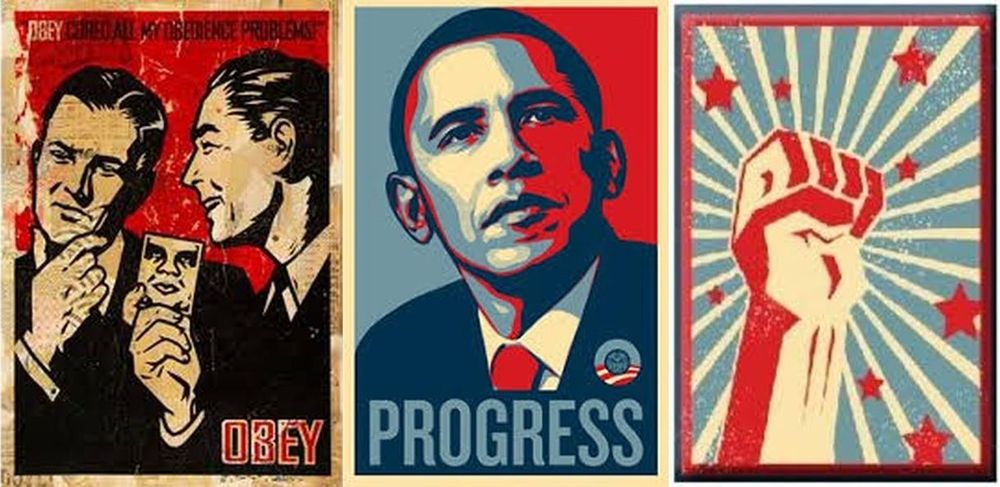It is said that timing is everything.
Throughout the tense days of the Reykjavik Summit in October of 1986 if President Reagan’s and Secretary General Gorbachev’s staffs had been surveyed, we would have discovered a strange undercurrent. Few, some historians say none, of the aides for either country were in agreement with their own leader’s position -That the global elimination of all nuclear weapons was the best long-term solution for mutual security. (Reagan’s position included the caveat that the Strategic Defense Initiative would be perfected, shared, and deployed.)
If their military staffs had been asked, support would have been even thinner. There were real reservations as well among the U.S.’s closest European allies. United Kingdom’s Prime Minister Margaret Thatcher was livid upon hearing the news that Reagan had discussed complete nuclear abolition during the Reykjavik negotiations.
Looking back, it is hard to know now if Gorbachev’s proposed 10 year plan to eliminate all nuclear weapons might have been signed if either leader’s aides had been more supportive. Both the U.S. and the Soviets had internal constituencies at the summit that preferred such a deal never get done.
The behind the scenes events at Reykjavik illustrate how even the world’s most powerful men cannot create a radically new nuclear weapons policy on their own. Three critical stakeholders must be in simultaneously alignment for a new policy to take hold. These groups include the nuclear weapon states’ political leadership, their nuclear weapons policy experts, and their citizens.
In 1986, the depth of governmental support for a nuclear weapons free world did not go much deeper than Reagan and Gorbachev themselves. There was a supportive public who had reached an anti-nuclear crescendo over fears that ongoing European based missile deployment would result in an eventual nuclear catastrophe.
But within the nuclear weapons expert community, the believers in complete global nuclear disarmament were rare. Executing a radical new policy direction is notoriously difficult. An entire generation of policy makers and military officers had been educated in the theory of nuclear deterrence. Nuclear deterrence had long ago morphed into the even more perverse theory of Mutual Assured Destruction (MAD).
The prevailing doctrine assumed that only a balance of nuclear terror would maintain peace between the East and the West. As Winston Churchill so memorably described the birth of MAD policies, “Safety will be the sturdy child of terror, and survival the twin brother of annihilation.”
Reagan and Gorbachev recognized that there had to be a lower risk solution for mutual security. But they were ahead of their time, and it turned out, nearly alone in their foresight within the ranks of government leadership.
Fortunately this time around, as President Barack Obama, Russian President Dmitri Medvedev, and the U.K. renew discussions of a nuclear weapons free world – these leaders are not sailing against the strong gales of past policy alone.
Former Secretaries of State Henry Kissinger and George Shultz, former Secretary of Defense William Perry, and former Senator Sam Nunn shook up the entrenched Cold War nuclear policy in 2007 when they publicly called for a world free of nuclear weapons. Since this often cited Wall Street Journal op-ed, more and more support from within the political and nuclear policy community have gathered behind them.
Most recently President Obama’s 2008 election rival, Republican Senator John McCain, also made supportive statements for a nuclear free world at the dedication of a memorial bust of President Reagan in the Capital Building [FC].
This broader support extends beyond government leaders. Several new citizens groups have been launched focusing exclusively on nuclear weapons policy. Tyler Wigg-Stevenson launched the Two Futures Project. The Two Futures goal is to spread the word among the Christian community that a nuclear free world is not only our best option, but that it is also possible.
Global Zero is another recently formed organization bringing increased awareness of the current opportunity for the staged, verifiable elimination of all nuclear weapons. Recognizing that nuclear weapons are not only a U.S. and Russian issue, Global Zero is organizing high level and citizen supporters from around the world.
It will take a more vocal public to keep this issue on the front burner of an already crowded U.S. policy agenda. But this time around, the three critical groups needed to enact a new, safer nuclear weapons policy are in ever increasing alignment.

